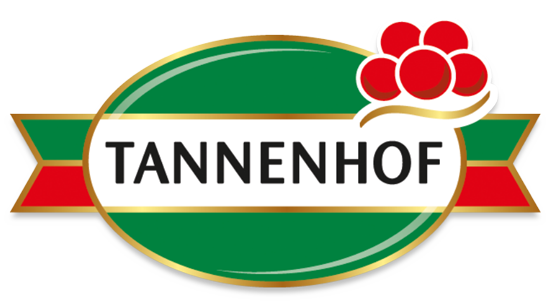Preserve what is unique. As in the case of Black Forest ham.
Since its founding in 1989 the Protective Association of Black Forest Ham Producers has thrown its weight behind the speciality of Black Forest ham. The protective association represents the interests of its 14 member firms and the three associated guilds.
Looking after and protecting Black Forest ham as a cultural asset.
The foremost goal of the association is to preserve the uniqueness of the traditional Black Forest ham brand for future generations and to foster its valuable and positive image. The protective association sees itself as a global ambassador for the brand, enthusing commerce and customers by clear and transparent communication. The members of the Protective Association of Black Forest Ham Producers firmly believe that Black Forest ham represents a cultural asset that is anchored in the Black Forest region. This is founded on the traditional production of ham which has been maintained there for centuries. And in the way it is inextricably tied to the people of the region who up to the present day have devoted themselves to this unique brand.
Further important aims of the association are quality assurance and rigorous brand protection.
Focus on highest quality
The members of the Association of Black Forest Ham Producers guarantee the high quality of Black Forest ham. This is backed by strict quality management in the businesses, regular external inspections initiated by the association via Fresenius, for example, and continuous governmental inspections by the regional council in Karlsruhe. This declared commitment to the highest quality also finds expression in the quality seal that members of the protective association display on their packs of ham.
Black Forest ham has been protected by the EU since 1997 throughout Europe. The protected geographical indication (PGI) protects the traditional method of production in the region.
This means that: Black Forest ham may only be produced in the Black Forest and only in the traditional way: salting and seasoning, curing, smoking and maturing.
The origin of the legs of pork necessary for this is not stipulated in the protected geographical indication. For good reason: There are hardly any pigs in the region. Since Black Forest ham has been produced, producers have had recourse to legs of pork from outside the region. Quality is the decisive criterion, not the region’s boundary. Over 90% of the legs of pork processed are obtained from Germany, chiefly from the north where traditional pig farming is carried out.
For more information visit:
http://www.schwarzwaelder-schinken-verband.de
Linktree: SchwarzwaelderSchinken.Verband | Instagram, Facebook. Youtube

